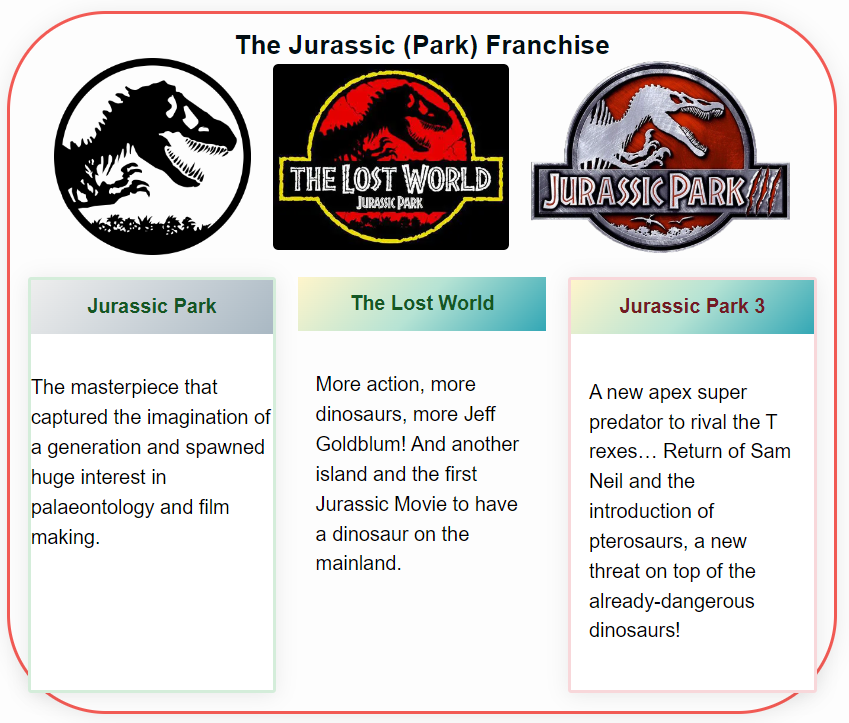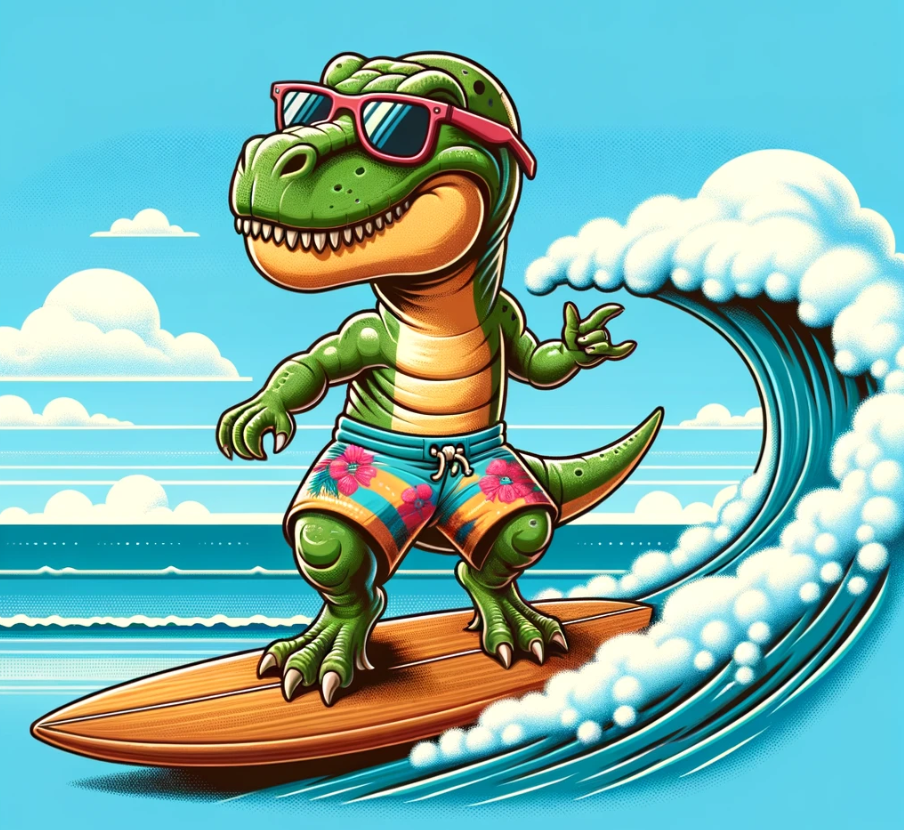Co-Inhabitants of a Lost World: Exploring Other Ancient Species Alongside Dinosaurs
The Mesozoic era, the age of dinosaurs, was not a solitary chapter in Earth’s history. Alongside the mighty dinosaurs, a diverse cast of prehistoric creatures thrived in ecosystems that were teeming with life.
There are lesser-known inhabitants that shared the stage with dinosaurs, and many animals that people associate so much with Dinosaurs, they are often confused as Dinosaurs.
From formidable predators to unique plant life, there was a remarkable world of co-inhabitants that formed an intricate tapestry of life with the Dinosaurs.
Other Ancient Species: A Glimpse into a Lost World:
There were as many giant “monsters” that weren’t Dinosaurs around the age of the Thunder Lizards, and also before the Dinosaurs turned up and then after they died off.
But here we’ll focus on the Dinosaur’s co-inhabitants.
Pterosaurs. Flying reptiles that ruled the skies during the Mesozoic era:

| Species | Description |
|---|---|
| Pteranodon | With its elongated crest, Pteranodon soared above the oceans, likely feeding on fish. |
| Quetzalocatlus | One of the largest pterosaurs, it had a massive wingspan and inhabited a range of environments. |
| Dimorphodon | This Jurassic pterosaur featured a unique dual set of teeth and a diamond-shaped rudder at the tail tip. |
| Anhanguera | A cretaceous pterosaur, this had a wide wingspan, a prominent end bony crest – on the snout, and a slender body. |
| Tapejara | An early Cretaceous pterosaur, this boasted a distinct crest on the front of its head may have hovered! |
| Rhamphorhynchus | A long-tailed pterosaur known for its impressive range of sizes and adaptations for aerial life. |
| Pterodactylus | Possessing a compact body, a long pointed crest on its head, this made it instantly recognisable as a pterosaur It’s torso was the size of an adult man, with the crest alone being an additional 3 metres! |
The Prehistoric Monsters that Dominated the Mesozoic Seas, and Not Just Marine Reptiles

| Species | Description |
|---|---|
| Ichthyosaurs | Dolphin-like marine reptiles that lived in oceans, with streamlined bodies adapted for aquatic life. |
| Plesiosaurs | Long-necked marine reptiles with diverse body structures, filling ecological niches in ancient seas. |
| Ammonites | Coiled, shelled cephalopods that thrived in oceans, displaying intricate shell patterns in various species. |
| Mosasaurus | A huge marine reptile of the Late Cretaceous, this had a streamlined body, powerful jaws filled with sharp teeth, and was a dominant predator in ancient oceans. |
| Elasmosaurus | A Late Cretaceous predator, this was characterized by an elongated neck and a body adapted for underwater navigation, likely foraging on a variety of aquatic prey. |
| Xiphactinus | A predatory fish from the Late Cretaceous, possessed a large body with sharp teeth and a voracious appetite, making it a formidable predator in prehistoric seas. |
| Dunkleosteus | A massive armored fish from the Devonian period, featured a heavily plated head and a powerful jaw, enabling it to crush its prey with remarkable force beneath the waves. |
Plant Life: Lush Landscapes and Ancient Flora:
Conifers and cycads were common plant species during the Mesozoic era, here are some examples.
| Species | Description |
|---|---|
| Araucaria | A genus of conifers with distinctive leaves that provided food for herbivores. |
| Cycads | These gymnosperms were prevalent, resembling palm trees and serving as a food source for the fauna. |
| Ginkgo | Still present-trees, known for their fan-shaped leaves, were widespread during the Mesozoic era and are often referred to as living fossils due to their ancient lineage. |
| Bennettitales | A diverse group of Mesozoic plants resembling a mix between cycads and ferns, with intricate leaves and reproductive structures. |
| Conifers | Various types of conifers, such as pine-like trees and evergreens, thrived during the Mesozoic, adapting to different environments across this era. |
| Cycadeoids | Though distinct from cycads, were Mesozoic plants resembling palm trees with stout trunks and crown-like foliage arrangements. |
| Lycopods | Represented by various species, were present during the Mesozoic and displayed a range of forms, from ground-hugging to tree-like, with scale-like leaves. |
Some examples of interactions and Ecosystems: A World of Connections:
Predator-Prey Dynamics:
Prehistoric creatures engaged in predator-prey interactions, much like since the beginning of complicated life forms all the way up to modern times:
- Mosasaurus and Ammonites: Mosasaurs, marine reptile predators, likely fed on ammonites in the oceans.
Plant-Herbivore Relationships:
The rich plant life supported herbivorous dinosaurs:
- Sauropods and Conifers: Massive sauropods fed on conifers, consuming large quantities of plant material.
A Kaleidoscope of Co-Inhabitants
While dinosaurs are the iconic stars of the Mesozoic era, they were far from alone in their ancient world.
From the skies to the seas, a vast array of species co-inhabited ecosystems that were as diverse as they were interconnected. Each of these creatures played a unique role in shaping the delicate balance of life that flourished during this extraordinary chapter of Earth’s history. As we piece together the stories of these co-inhabitants, we gain a deeper understanding of the vibrant tapestry that once adorned our planet.
References
- Bennett, S.C. (2013). Long Live Archaeopteryx, the “Urvogel”. Archaeopteryx, 31, 1-6.
- Hone, D.W.E., & Benton, M.J. (2009). The Evolution of Large Size: How Does Cope’s Rule Work? Trends in Ecology & Evolution, 24(4), 195-204.
- Witton, M.P., & Naish, D. (2008). A Reappraisal of Azhdarchid Pterosaur Functional Morphology and Paleoecology. PLoS ONE, 3(5), e2271.


